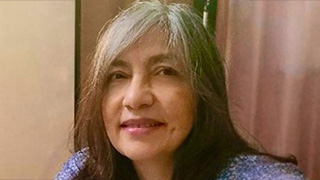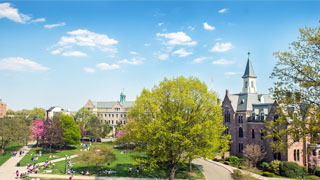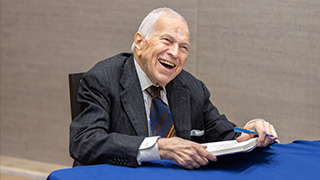A Magic World of the Slavic Arts and Crafts
Wednesday, April 5, 2023
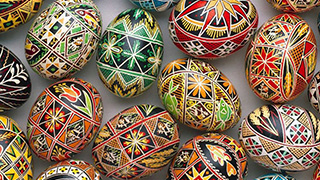
Easter eggs (pysanky in Ukrainian; pisanki in Polish)
On Thursday, April 13 at 6:30 p.m. in Fahy 236, Irina Kazakevich, Ph.D., Professor of Russian at Seton Hall University, will present a fascinating lecture, "A Magic World of the Slavic Arts and Crafts."
Slavic culture is rich in traditions, beliefs, and arts and crafts that have been passed down from generation to generation. From intricately decorated pottery to colorful embroidery and weaving, the Slavic arts and crafts have a unique and magical quality that captures the imagination.
Slavic arts and crafts share many similarities due to their shared cultural and historical roots. However, there are also differences between the arts and crafts of different Slavic nations.
One can see similar design and patterns in following, just to mention a few:
-
Embroidery: Embroidery is a common art form across all Slavic nations. It is often used to decorate clothing, tablecloths, and other household items. Traditional Slavic embroidery patterns usually feature floral and geometric designs.
-
Wood carving: Wood carving is also a popular art form across Slavic nations. It is often used to create intricate designs on furniture, religious icons, and other decorative objects.
-
Pottery: Slavic pottery is known for its intricate designs and vibrant colors. Traditional Slavic pottery often features floral motifs and geometric patterns.
-
Folk costumes: Slavic nations have a rich tradition of folk costumes, which vary from region to region. These costumes often feature intricate embroidery and colorful designs.
-
Easter Eggs (pysanky, in Ukrainian; pisanki in Polish): In Slavic cultures, the egg has represented the original source of creation. Pre-Christian Slavs used decorated eggs to welcome the sun during the spring. The symbolism of Easter egg is a blend of ancient rituals and Christian traditions. Spring is a time for release from confines of winter and Easter celebrates the Resurrection of Christ, and the spiritual rebirth of man. With the acceptance of Christianity in 988 A.D., the Easter egg became part of tradition and ritual of Easter in Russia, Ukraine and later in other Slavic countries. The Easter egg took on the symbolism of rebirth. The egg symbol was likened to the tomb from which Christ has risen. The decorated eggs became treasured as religious mementos.
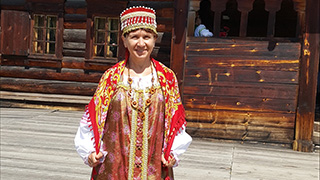
There are also many differences in, for example, painting, lace making, metal work, and music and dance.
Different Slavic nations have developed their own distinct styles of painting. For example, Russian painting is known for its iconography and religious themes, while Polish painting often features rural landscapes and scenes of daily life.
Lace making is a popular craft in many Slavic nations, but the styles and techniques used vary from country to country. For example, Croatian lace is known for its delicate patterns and intricate designs, while Russian lace is often bolder and more geometric.
Slavic metalwork varies greatly between different nations. Ukrainian metalwork often features ornate designs and intricate filigree, while Serbian metalwork is known for its simplicity and functionality.
Slavic nations have a rich tradition of music and dance, but the styles and rhythms used vary from country to country. For example, traditional Polish music is often characterized by its use of the accordion and fiddle, while Bulgarian music features complex rhythms and vocal harmonies.
The talk will be focusing on the traditional Slavic folk arts and crafts, and featuring authentic examples of the folk arts and crafts from several Slavic countries will be presented.
The event is free, and everyone is welcome to attend! Slavic food will be served!
Categories: Arts and Culture, Nation and World


